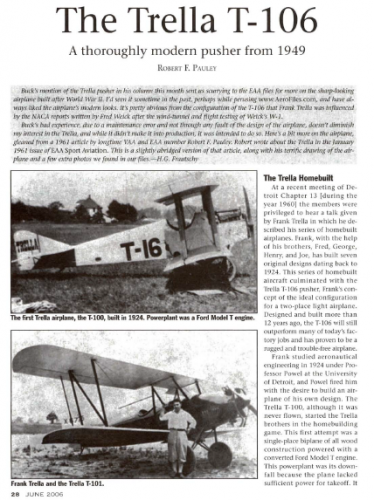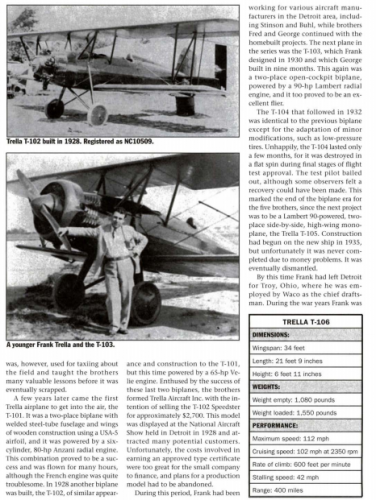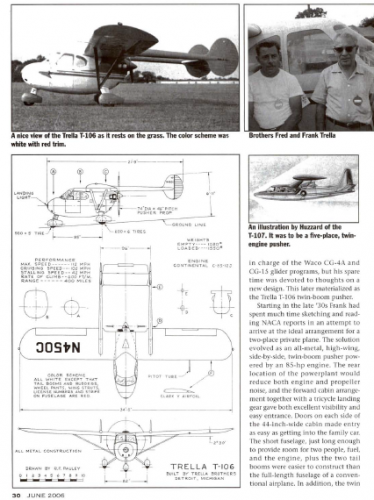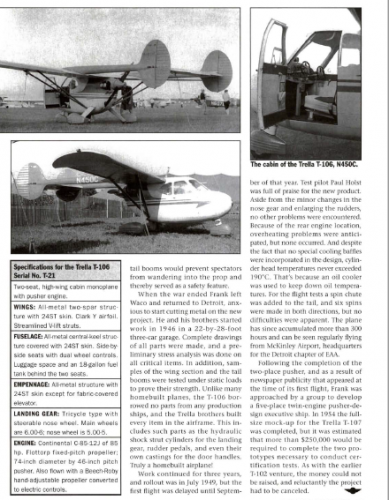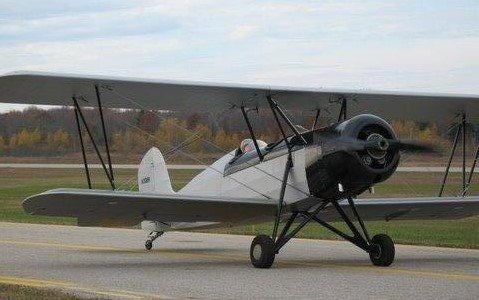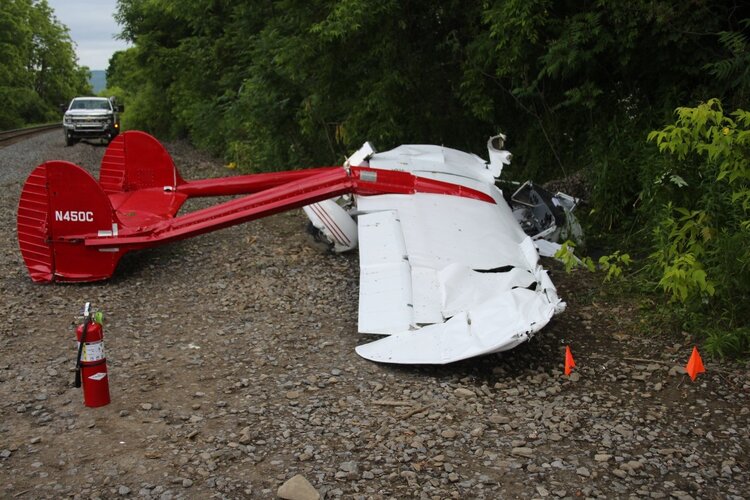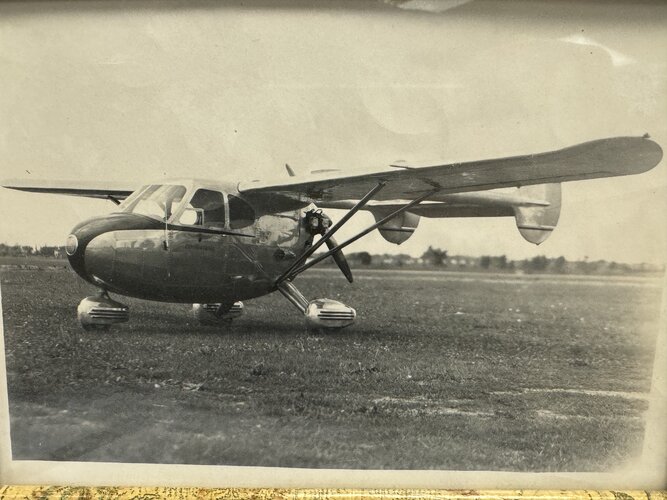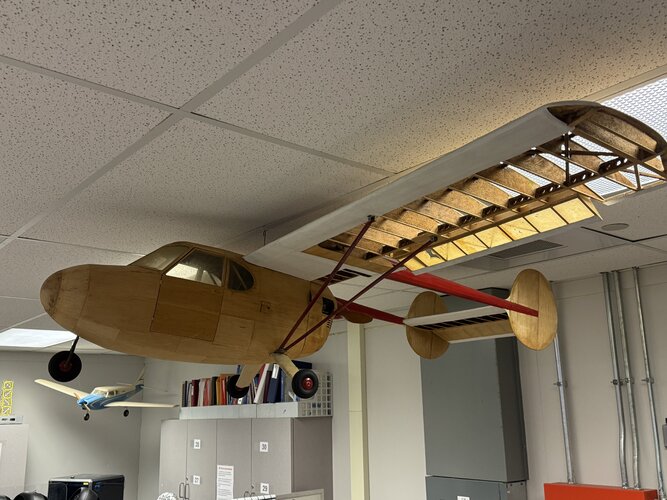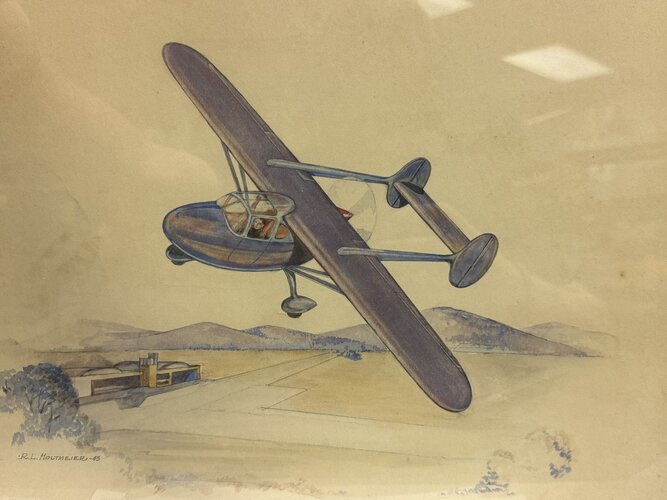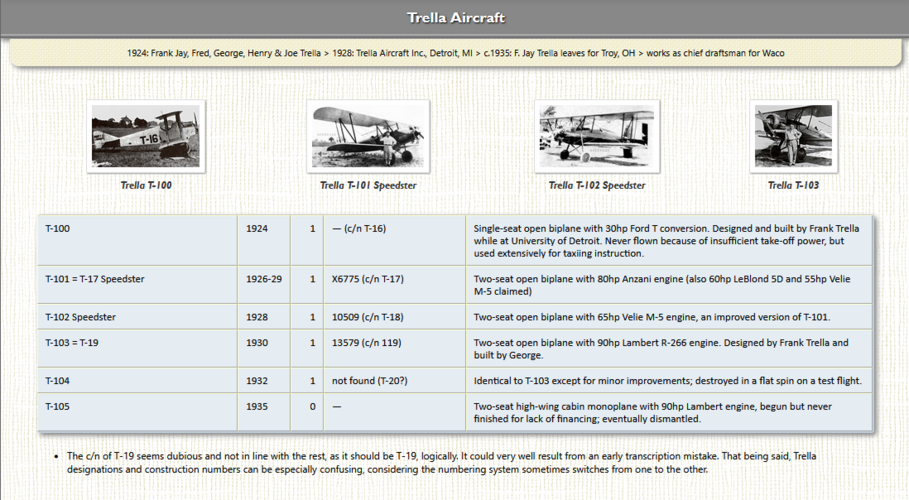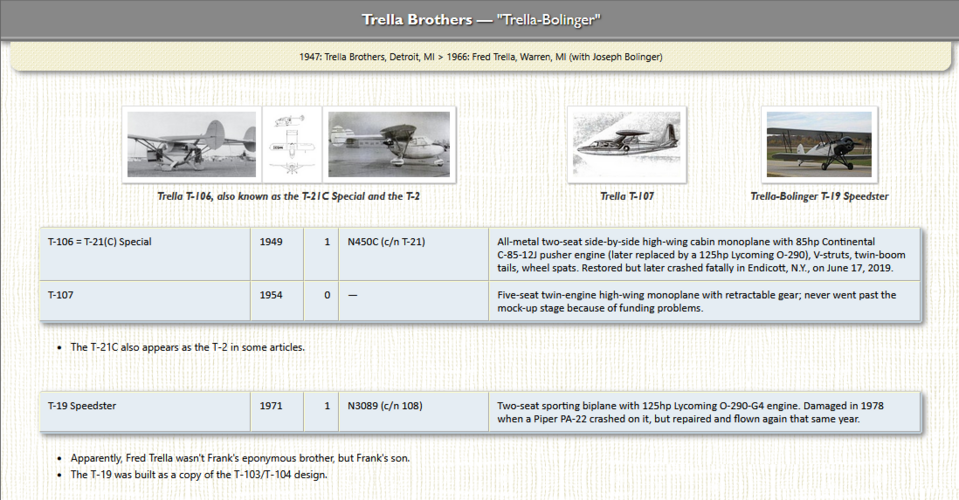TRELLA T-19
Mr Fred Trella of Warren, Michigan, has designed a two-seat sporting biplane designated T-19, which he has built in partnership with Mr Joseph Bolinger. Construction began in May 1966 and occupied five years, at a cost of $4,000. First flight was made in July 1971, and it is anticipated that plans of the T-19 will be made available to amateur constructors. Earlier, Mr Trella designed and built a two-seat cabin monoplane designated T-106.
Type: Two-seat home-built sporting biplane.
Wings: Braced single-bay biplane, with Vee-type interplane struts each side.
Centre-section of upper wing supported by inverted Vee-strut forward and single strut aft on each side of cabane.
Streamline-section landing and flying wires.
Conventional two-spar structures with solid wood spars, wood truss ribs and fabric covering.
Plain ailerons of wooden construction with fabric covering on both wings.
Cut-out in trailing-edge of upper wing. No flaps. No trim tabs.
Fuselage: Welded steel-tube structure, with fabric covering.
Tail Unit: Wire-braced welded steel-tube structure, with fabric covering.
Landing gear: Non-retractable tailwheel type. Main wheels carried on tripod struts, with internal shock absorption in main legs.
Power Plant: One 125 hp Lycoming O-290-G4 four-cylinder horizontally-opposed air-cooled engine, driving a two-blade fixed-pitch propeller with spinner.
Accomodation: Two seats in tandem in open cockpits.
Dimensions, external:
- Wing span, upper ................... 27 ft 6 in (8.38 m)
- Wing chord, both constant ..... 4 ft 0 in (1.22 m)
- Length overall ......................... 20 ft 0 in (6.10 m)
- Height overall .......................... 8 ft 0 in (2.44 m)
Weights and Loading:
- Weight empty .......................... 1,096 lb (497 kg)
- Max T-O weight ........................ 1,607 lb (729 kg)
- Max power loading .................. 12-8 lb/hp (5-8 kg/bp)
Performance (at max T-O weight):
- Max level speed ........................ 87 knots (100 mph; 161 km/h)
- Cruising speed ............................ 82.5 knots (95 mph; 153 km/h)
- Landing speed ............................ 35 knots (40 mph; 64 km/h)
- T-O run ........................................ 300 ft (91 m)
- Landing run ................................ 500 ft (152 m)
- Endurance .................................. 3 hours

